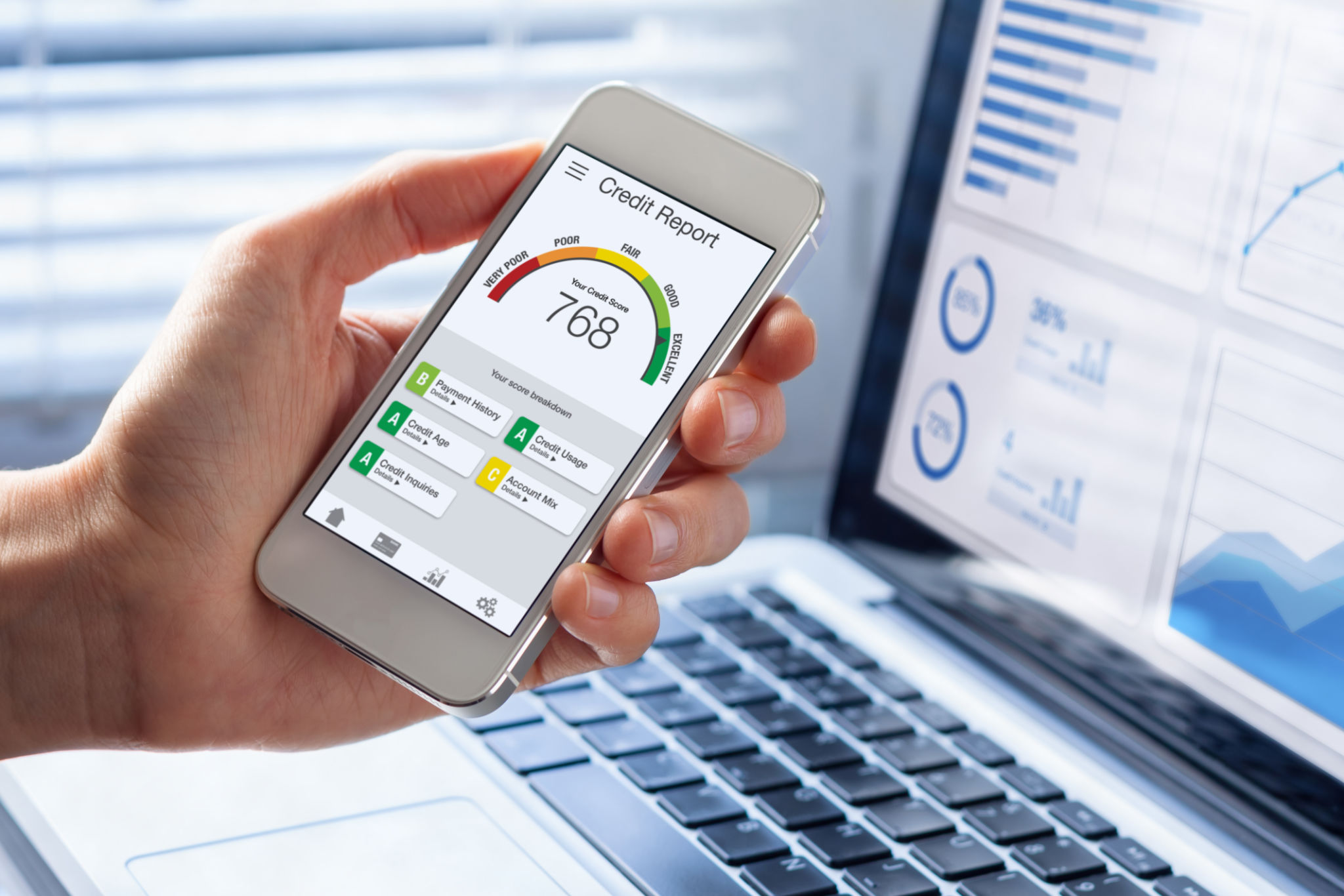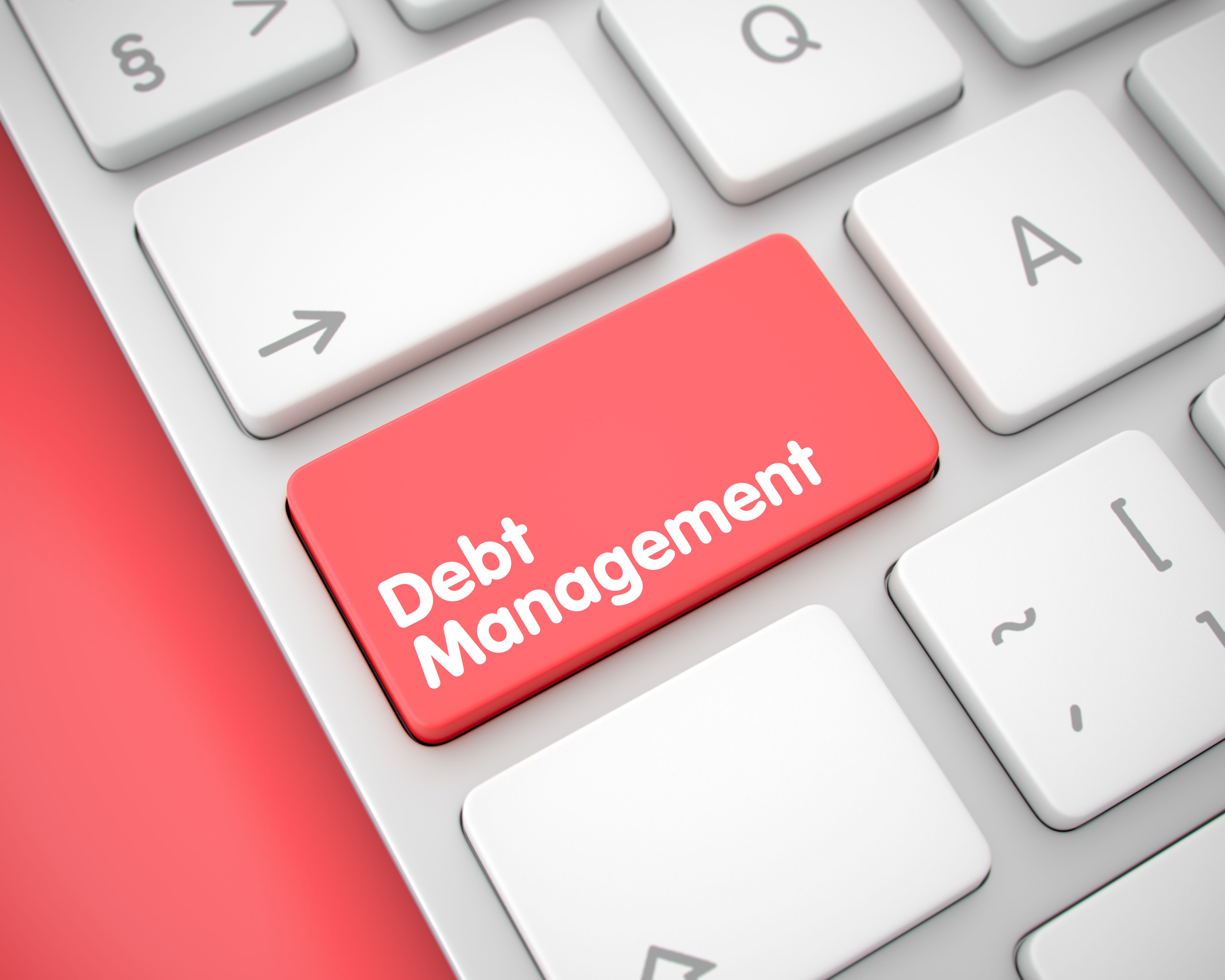Credit Repair vs. Debt Relief: What You Need to Know
Understanding Credit Repair
Credit repair involves the process of improving your credit score by addressing the negative items listed on your credit report. This is primarily achieved by disputing inaccuracies or outdated information with credit bureaus. It's important to note that credit repair doesn't erase legitimate debts but can help rectify errors that unfairly tarnish your creditworthiness.
Many people seek professional help from credit repair companies, but it's also possible to tackle this task on your own. The key is to carefully review your credit reports, identify discrepancies, and then initiate disputes to correct them.

Steps in the Credit Repair Process
The credit repair process typically involves the following steps:
- Obtaining copies of your credit reports from all three major credit bureaus.
- Reviewing the reports for errors, such as incorrect account information or fraudulent activity.
- Disputing any inaccuracies with the credit bureaus and providing supporting documentation.
- Following up to ensure corrections are made and reflected in your credit score.
Exploring Debt Relief
Debt relief is a broader approach aimed at reducing the total amount of debt owed or making repayment terms more manageable. There are several methods of debt relief, including debt consolidation, settlement, and bankruptcy. Each method has its pros and cons, depending on your financial situation and long-term goals.

Common Debt Relief Options
Here are some common debt relief options:
- Debt Consolidation: Combining multiple debts into a single loan with a lower interest rate, simplifying payments.
- Debt Settlement: Negotiating with creditors to pay a lump sum that is less than the total amount owed.
- Bankruptcy: A legal process that can discharge certain debts but may have long-term effects on your credit score.
Key Differences Between Credit Repair and Debt Relief
While both credit repair and debt relief aim to improve financial health, they focus on different aspects. Credit repair targets inaccuracies in credit reports to boost your credit score, while debt relief seeks to address the overall debt burden, often by negotiating new terms or reducing the amount owed.

Choosing the Right Approach for You
The decision between credit repair and debt relief depends on your specific financial circumstances. If your primary issue is incorrect information damaging your credit score, credit repair may be the right choice. However, if you're struggling with overwhelming debt, exploring debt relief options could provide the necessary support.
It's essential to evaluate your financial goals, current debt levels, and credit score before committing to a particular strategy. Consulting with a financial advisor can also provide personalized guidance to help you make an informed decision that best suits your needs.
